Pipe markings save lives. Pipes are used in facilities to transport liquids and gasses from one place to another, both short and long distances. Most facilities have dozens of pipes moving different things around the facility, so it is important to be able to keep track of what is in each pipe and where it is going. This is where pipe color-coding can become essential.
If pipe color codes are not used, it can be difficult to know what is within a given pipe, which can present many dangers. If someone opens a pipe that is not marked with the proper colors, he or she may expect clean water but get a toxic chemical.
Pipe color-coding is not a complicated process, especially if industry standards are used. There are many standards out there from a variety of sources, but the most popular is the ANSI/ASME A13.1 standard. This standard explains colors, text, size, and placement of pipe marking labels.
Following this type of color-coding standard makes it easy to offer training to employees and also helps ensure different departments within a facility are all using the same colors for their pipes.
- ASME/ANSI A13.1 – Scheme for the Identification of Piping Systems
- BS 1710 – Specification for Identification of Pipelines and Services
- IS 2379 – Pipelines Identification Color Code
- PFI ES-22 – Recommended Practice for Color Coding of Piping Materials
ANSI/ASME A13.1 Pipe Color Code Standards Explained:-
Businesses should familiarize themselves with the ANSI/ASME A13.1 pipe color code standard, which is the industry consensus standard for marking pipes. This standard identifies the color of the labels and what those colors mean. The following are the main options for this set of standards:
- Yellow with Black Lettering – This option is used for any pipe that contains flammable liquids and gasses. This could include gasoline, oils, and many others.
- Green with White Lettering – Using a green label with white lettering means that the pipe contains potable water. It could be used for cooling, feeding boilers, or even going to drinking fountains or sinks.
- Blue with White Lettering – The blue labels with white lettering are used for pipes that transport compressed air.
- Red with White Lettering – This red label with white lettering is used for all fire quenching fluids. This could include water, but only if the pipe is used just for fire quenching.
- Orange with Black Lettering – Orange labels with black lettering are for toxic or corrosive fluids. Most acids will need to use this type of pipe marking.
- Brown with White Lettering – This option is for all combustible fluids.
- Note: Any product manufactured by welding shall have an additional white stripe.
The ANSI/ASME color codes for pipes also leave several color combinations for “user defined” pipes. This is important because it allows facilities to plan out certain pipes that don’t fit in with the normal standards. It is important to remember, however, that whenever using user-defined pipe markings, people who haven’t been sufficiently trained won’t know what they mean.
The user defined color options are:
- Purple with White Lettering
- White with Black Lettering
- Gray with White Lettering
- Black with White Lettering
The below figure shows the latest pipe color guidelines set by ANSI/ASME.
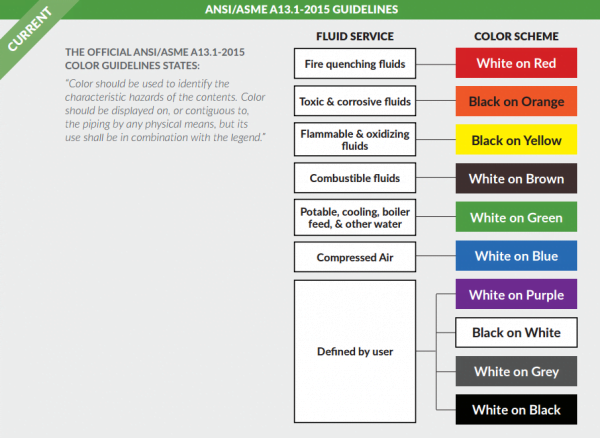
Piping Color Guidelines Set by ANSI,ASME [Source: From Web]
- Name in full
- Abbreviation of name
- Chemical symbol and
- Appropriate code indications or code color bands
When using pipe markings, a facility must choose to either buy generic pipe markings, special order custom pipe markings, or obtain blank pipe markings that can be printed on using an industrial label maker. Each of these options can be effective. For facilities that have lots of pipes, the label maker is going to be the ideal option. For those who need just a few labels, special ordering is likely the best choice.
Pipe Marking Size Requirements
The color of pipe markings is typically the most important and visible aspect of the label, but it is not the only one. ANSI also has standards regarding how large a pipe marking label should be and the size of the lettering on the label. This is especially important when creating custom labels for a facility. The standards for sizing are as follows:
| Pipe Diameter | Pipe Marking Size |
| ¾ – 1 ¼ | should have pipe markings that are at least 8 inches in length and lettering that is at least in ½ height |
| 1 ½ – 2″ | should have 8″-long pipe markings with ¾ letter height |
| 2 ½ – 6″ | should have labels that are 12″ in length with lettering that is 1 ¼ in height |
| 8 – 10″ | should have 24″-long pipe markings with 2″ letter height |
| Greater than 10″ | should have labels 32″ long with lettering 3″ in height |
These standards are important, as they will help ensure that the pipe markings are as visible as possible, even from a distance.
It is very important that Pipe Labels are properly cared for once they are placed on the pipes. In industrial facilities, pipe markings can get covered in dust, grease, and other contaminants over time, especially if pipes are located in out-of-reach areas such as near the ceiling. Having pipes cleaned on a regular basis will make labels easy to see. Even having a layer of dust on a label can cause the color to appear different than it is. This could cause someone to incorrectly assume they know what is in a given pipe, which opens them and the facility up to the potential for dangerous accidents.
Fortunately, pipe marking labels are typically made to stand up to any cleaning, so they will last for a long time with proper care. When facilities take the time to dust or wash the pipe markings at least a few times per year, it is easy to avoid any trouble associated with dirty labels.
Ensuring Pipe Colors are Visible
The following considerations will help ensure pipe labels are visible to the people who need to see them:
- The Frequency of Labels – Labels need to be placed at least every 25-50′ on the pipe so they are easy to see. It is also important to add a label if the pipe changes direction so that it is clearly visible.
- Obstructions to the Label – If a pipe goes through a wall or around a corner, labels should be placed on either side so that people can see the color of the label from any angle.
- Lighting – While pipes are often in areas that don’t get too much light such as under the floors or in the rafters, it is helpful to ensure a sufficient amount of light is reaching them so people can see the colors and words on the labels.
- Near Access Points – If there are designated access points to a pipe, it is important to have a label visible. This will help the maintenance team quickly determine what is in a pipe before working on it.
- Near End Points – At either end of the pipe, there should be a label so that people using the pipes can quickly see what is in them.
Established in 1975, the Metallica Metals Group has its operations spread across major cities in India. We are a pioneer in the seamless as well as welded stainless steel pipes, carbon steel pipes, alloy steel pipes, stainless steel pipe fittings, carbon steel pipe fittings and alloy steel pipe fittings, with flanges manufacturing and processing industry. Our products are exported to over 70 countries across the world, while in India we have supplies to even the remote areas. With over 250 tons of sale in stainless steel and carbon steel pipes every day, Metallica has emerged as a prominent vendor for many buyers in India and Overseas.

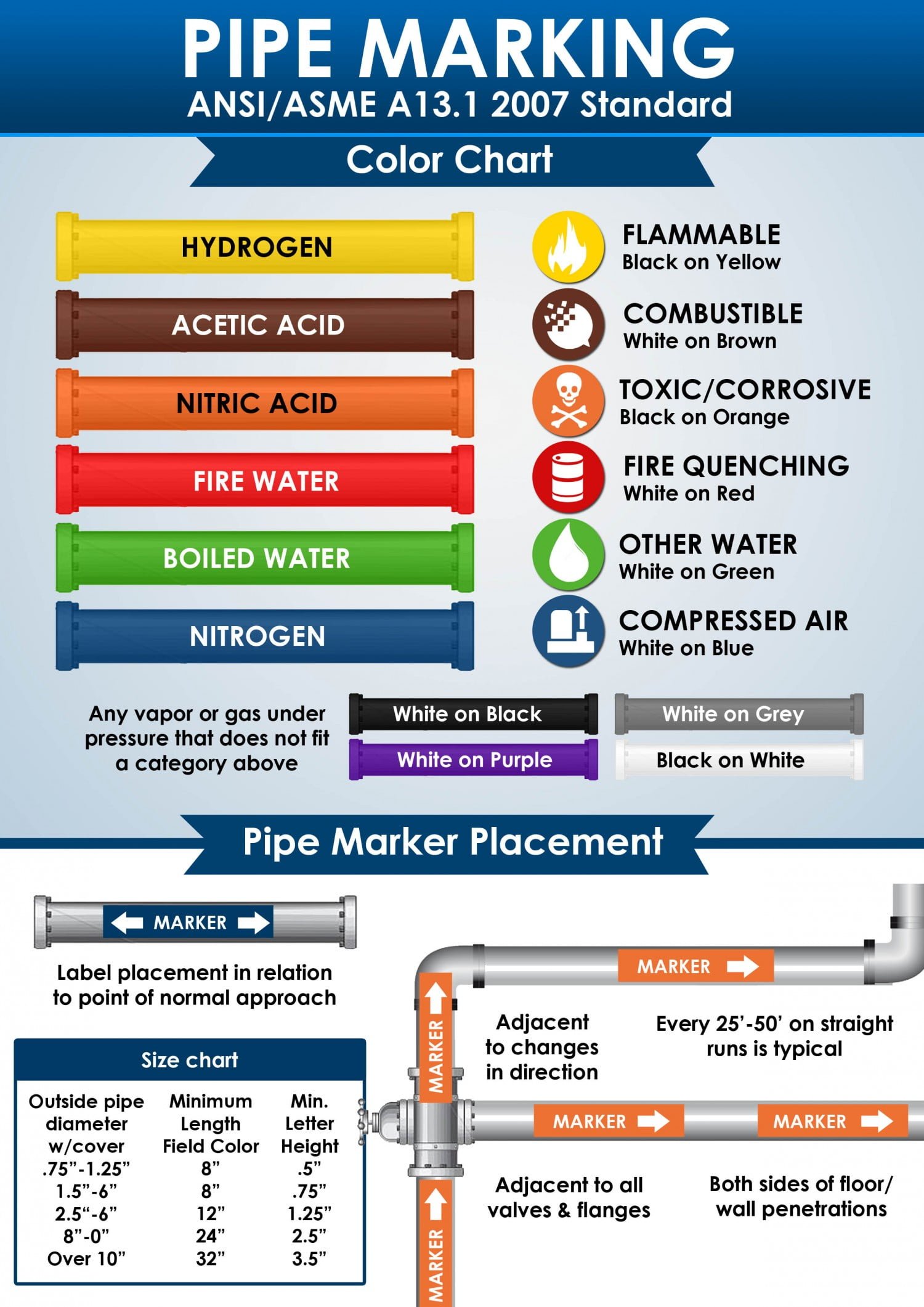
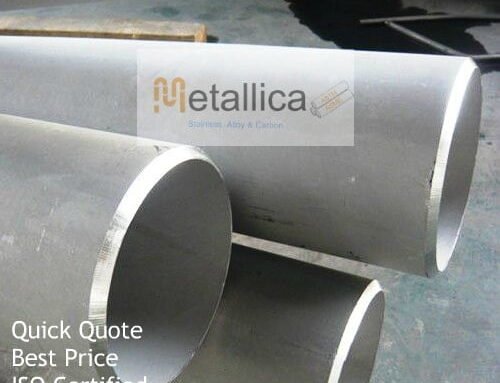
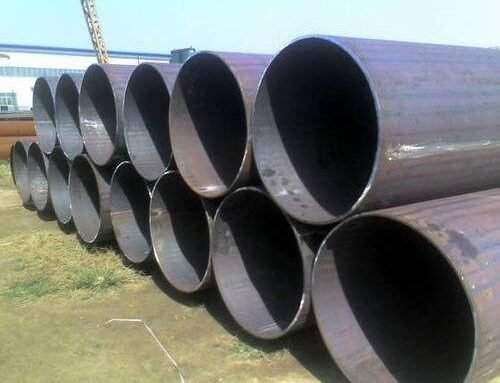
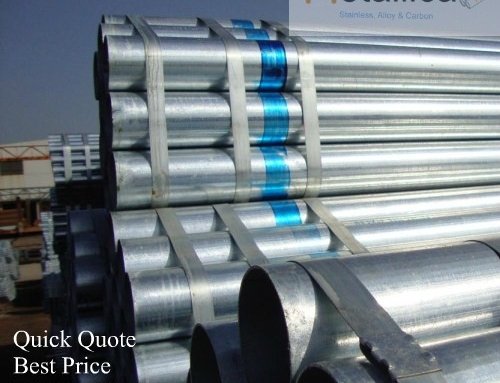
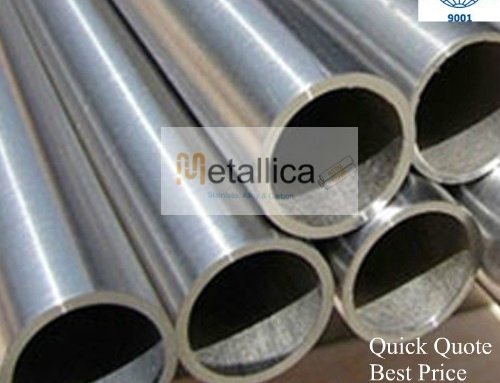
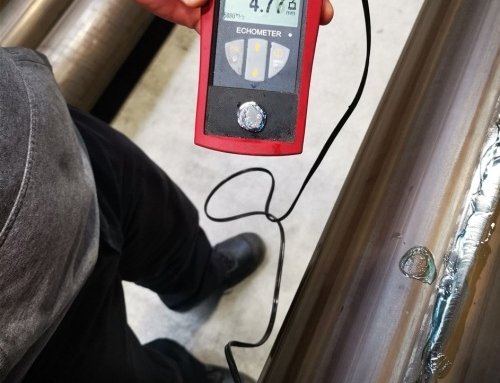
Leave A Comment